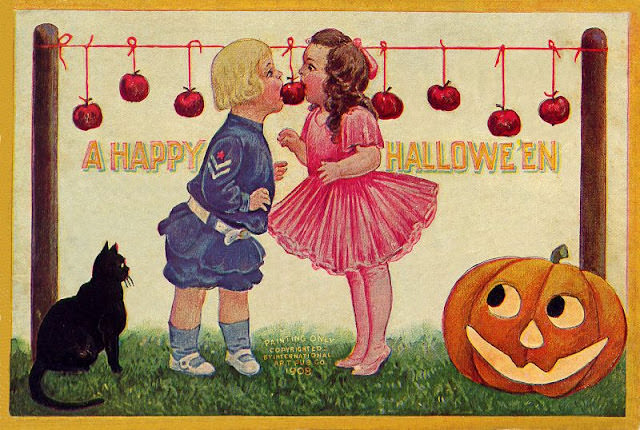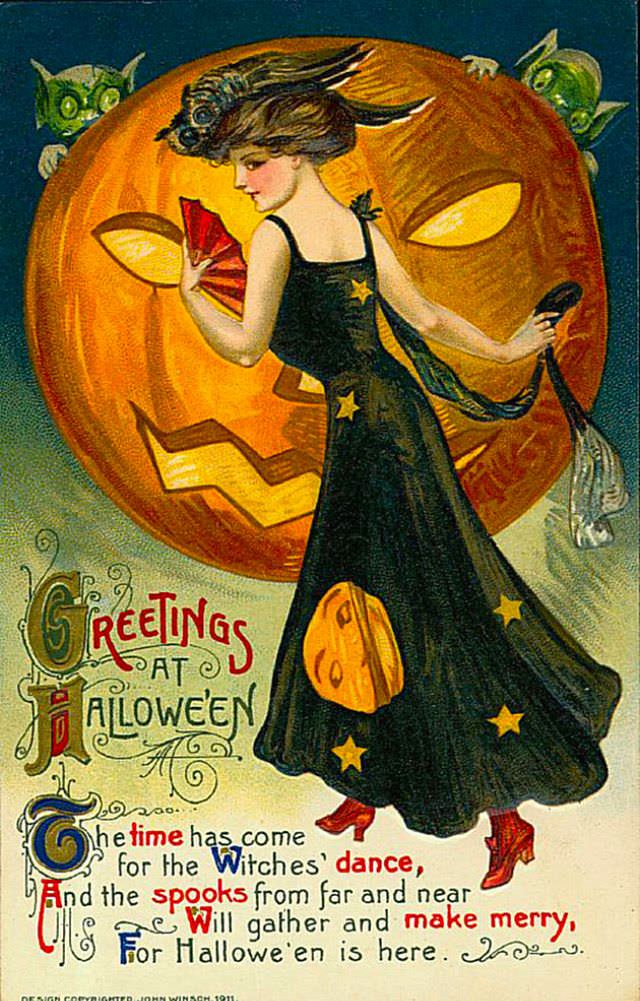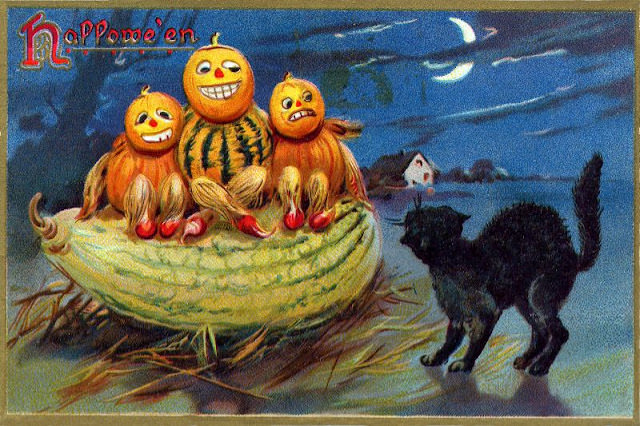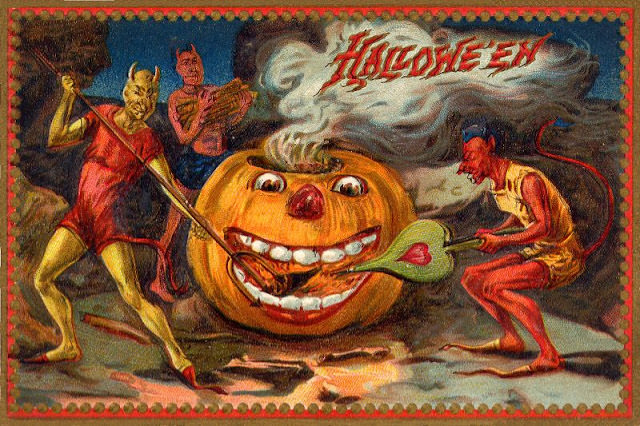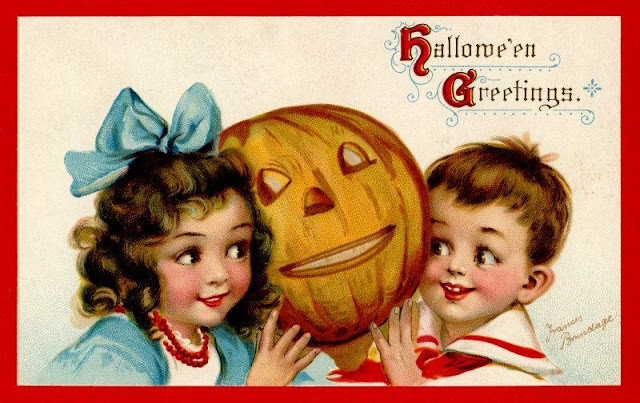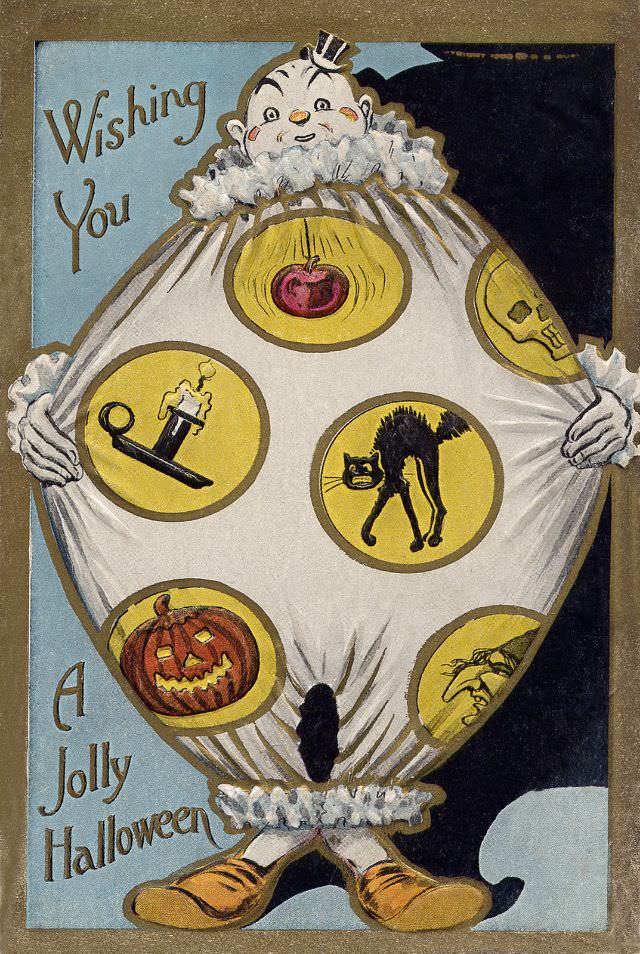Halloween postcards became popular in the early 20th century, particularly in the United States and Europe. This trend emerged alongside the growing popularity of Halloween as a holiday. The period from 1900 to 1915 is often considered the “golden age” of Halloween postcards.
They featured a variety of designs, ranging from whimsical to spooky. Common themes included witches, black cats, ghosts, pumpkins, and scenes of Halloween revelry. Many postcards also incorporated elements of folklore and superstition, reflecting the cultural significance of Halloween.
Numerous companies produced Halloween postcards, with some of the most prominent being John Winsch, Raphael Tuck & Sons, and Gibson Art Company. These postcards were widely distributed, making them accessible to a broad audience and contributing to the holiday’s growing popularity.
The postcards from this era are notable for reflecting the societal attitudes and practices surrounding Halloween at the time. They often depicted the holiday’s more lighthearted and communal aspects, in contrast to the darker or more horror-centric themes common in later depictions of Halloween.



